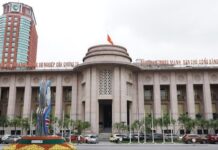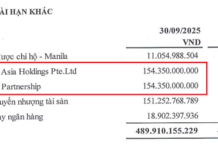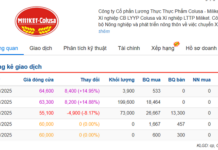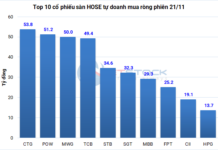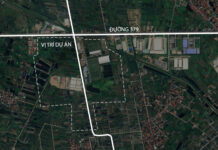Significant Price Surge
At the seminar “Journey to Realize Vietnam’s TOD Urban Model: Opportunities and Challenges” held on November 19th, Mr. Nguyễn Văn Đính, Vice Chairman of the Vietnam Real Estate Association, stated that Ho Chi Minh City is entering a phase of robust restructuring, particularly in urban planning and development governance.
The development of urban areas integrated with public transportation (TOD) is considered the backbone of the new urban strategy, aiming to solve traffic congestion, expand urban spaces, and enhance long-term living standards. As the city expands, the demand for living near public transport hubs will create new growth poles, laying the foundation for Ho Chi Minh City to become a true megacity.

Most projects along Metro Line 1 have seen significant price increases before and after the line’s operation. Photo: Duy Anh.
Meanwhile, Mr. Võ Huỳnh Tuấn Kiệt, Director of the Residential Project Marketing Department at CBRE Vietnam, noted that the southern real estate market is entering a strong restructuring phase, especially as Ho Chi Minh City becomes a megacity post-merger. The TOD model plays a pivotal role in guiding development.
Mr. Kiệt cited CBRE research showing that most projects along Metro Line 1 experienced substantial price increases before and after operation, ranging from 1.5 to 3 times. Projects like The Vista An Phú, Masteri Thảo Điền, Gateway Thảo Điền, Estella Heights, Thảo Điền Pearl, and Lavita Garden recorded secondary market prices 2.5 to 3.5 times higher than their launch prices.
CBRE assesses that the city’s expansion has propelled Ho Chi Minh City into a megacity phase with over 20 million inhabitants, featuring extensive development spaces, multiple new urban centers, and regional infrastructure links, including Ring Road 3, Ring Road 4, highways, and metro lines, which will drive housing, commercial, and logistics growth.
The TOD model is seen as a turning point, shifting urban development from “sprawling and motorcycle-dependent” to “compact and metro-connected,” creating satellite centers and increasing property values around stations due to high pedestrian traffic and higher planning standards.
As the metro infrastructure completes, residents are increasingly accepting living farther from the city center, prioritizing projects with clear legal status, full amenities, and rental potential. However, Mr. Kiệt cautions that for TOD to be effective, public transport must be synchronized between residential areas and stations to reduce private vehicle pressure.
$7.8 Billion from TOD
Architect Ngô Viết Nam Sơn emphasized that the TOD urban model can only be effective with a clear legal framework and integrated planning from the outset. He believes that land on both sides of metro lines requires transparent legal mechanisms to support compensation, land clearance, and urban redevelopment.
Mr. Sơn noted that Ho Chi Minh City and Hanoi have long planned in a single-sector manner: building metros first and considering urban development later. With Ho Chi Minh City aiming to expand its urban rail network to over 1,000 km, multi-sector integration and public-private partnerships are urgent. TOD not only optimizes land use and reduces reliance on private vehicles but also creates a pedestrian-friendly, convenient ecosystem around stations.
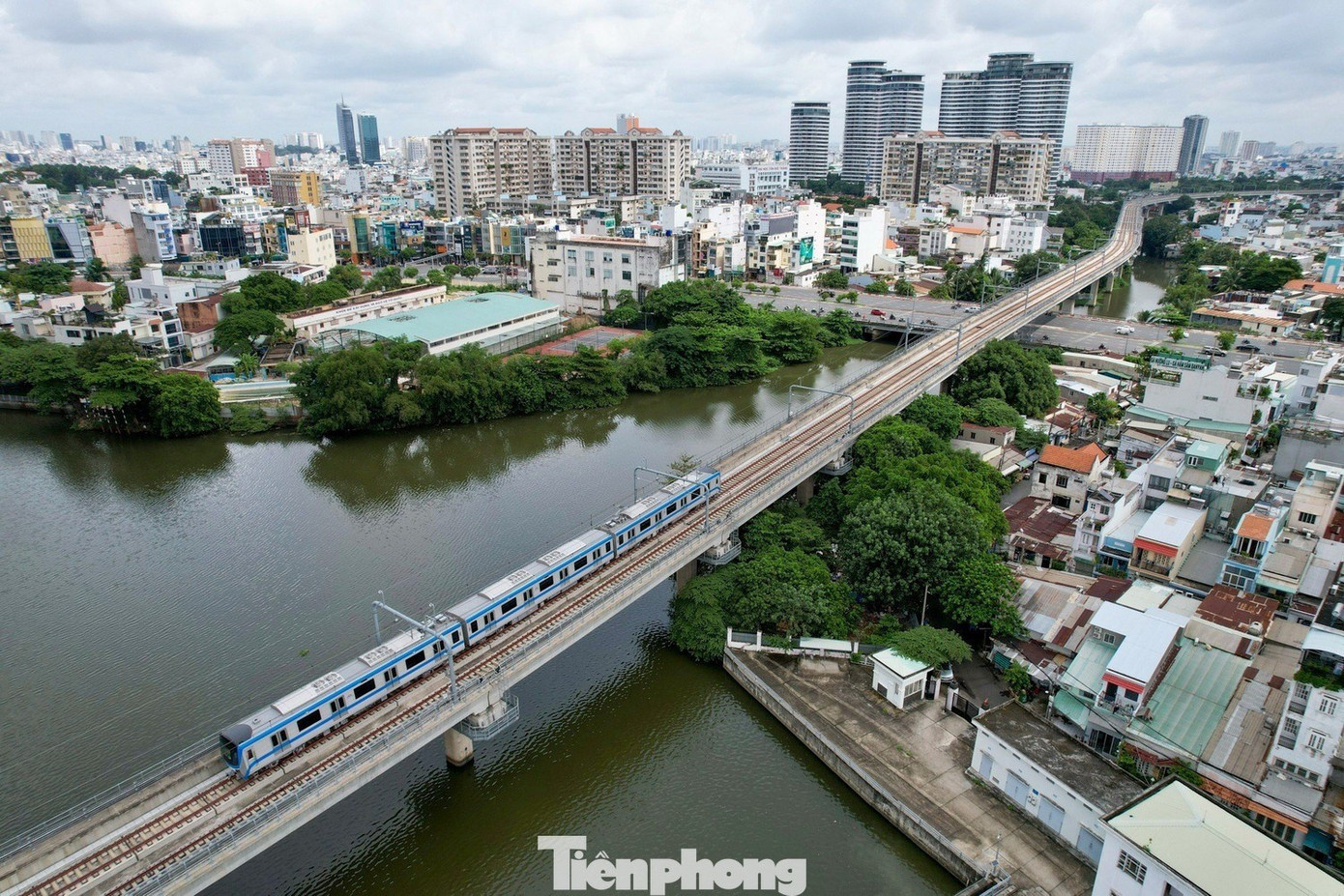
Ho Chi Minh City will implement TOD in phases. Photo: Duy Anh.
From a regional connectivity perspective, Mr. Sơn believes that Ring Road 4, linking Ho Chi Minh City with the deep-water port cluster of Cái Mép – Thị Vải, should be planned as a closed TOD-logistics axis. If executed properly, this route will drive urban, industrial, and port development for the entire Southeast region. Conversely, without legal and investment mechanism synchronization, the billion-dollar infrastructure risks becoming a burden for localities and the nation.
Mr. Nguyễn Tất Thắng, Deputy Head of the Technical Infrastructure Planning Department at the Ho Chi Minh City Department of Planning and Architecture, stated that Resolution 38, adopted by the Ho Chi Minh City People’s Council, has established a crucial legal foundation for urban rail and TOD development in the coming years.

Projects like The Vista An Phú, Masteri Thảo Điền, Gateway Thảo Điền, Estella Heights, Thảo Điền Pearl, and Lavita Garden recorded secondary market prices 2.5 to 3.5 times higher than their launch prices.
Ho Chi Minh City will implement TOD in phases. In the initial years, the city will pilot 11 TOD locations with a scale of 1,700–1,800 hectares along Metro Line 1, Metro Line 2, and Ring Road 3. Specifically, the former Dĩ An area will have a 420-hectare TOD cluster with an investment of nearly 1 trillion VND.
By 2035, Ho Chi Minh City aims to develop a 355 km metro network and mobilize approximately $7.8 billion from TOD land funds to reinvest in public transport infrastructure. This strategic move is expected to address congestion, improve living standards, and promote sustainable urban development in the decades ahead.
Skyrocketing Apartment Prices Leave Investors Barely Breaking Even
Many investors report holding their apartments for 4–5 years, so despite prices surging by over a billion dong in the past year, they’ve only broken even and haven’t turned a profit yet.
Residents Demolish Homes, Clearing Land for Nguyen Khoai Bridge Construction
In Vĩnh Hội Ward, Ho Chi Minh City, numerous residents have proactively demolished their homes and handed over land for the Nguyễn Khoái Bridge project, spanning the Tẻ Canal and Bến Nghé Creek. This strategic infrastructure will connect District 7 and District 4 to the historic core of District 1, aiming to alleviate congestion along the city’s southern axis.






